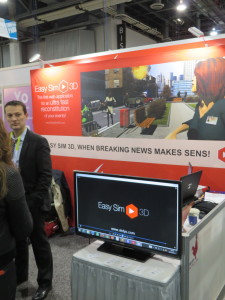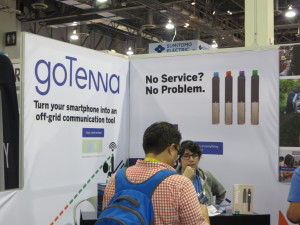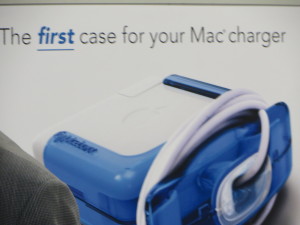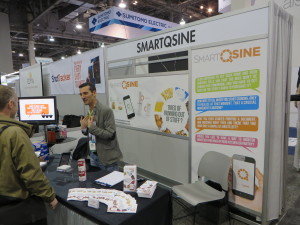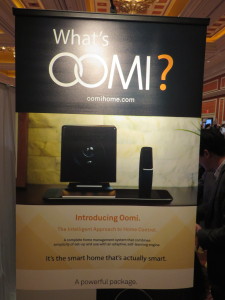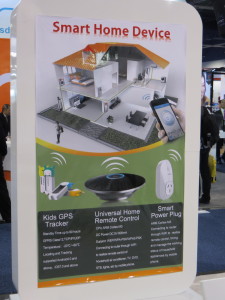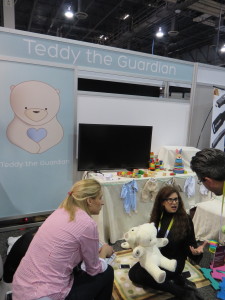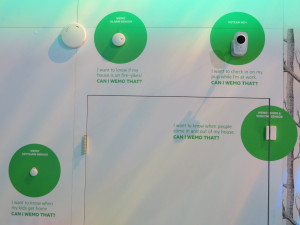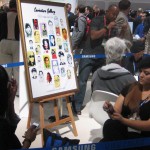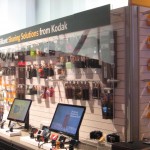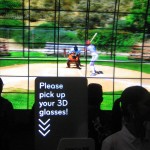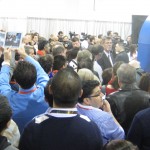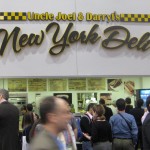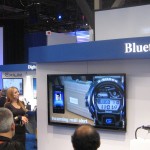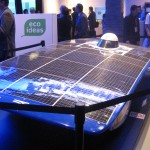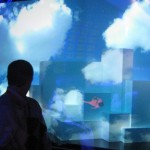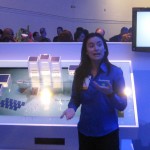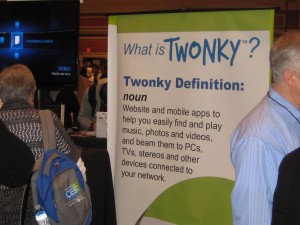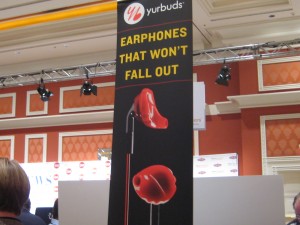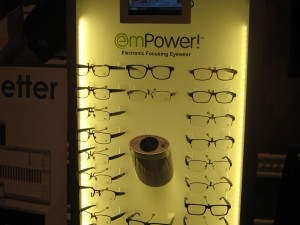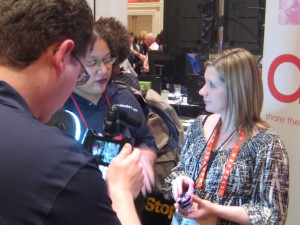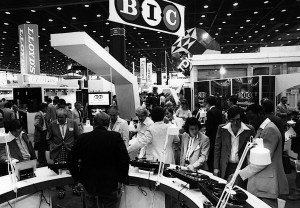
I first attended the Consumer Electronics Show around 1980, when it really was what its name says. I was a young account executive working on the Federated Group, an “entertainment superstore” that was sort of like what Best Buy is today. Being low on the totem pole I was placed in the Showboat Hotel, a marginal facility located downtown. (Then as now, hotel prices skyrocketed during conventions; unlike now, you didn’t have the internet to comparison shop and find available rooms.)
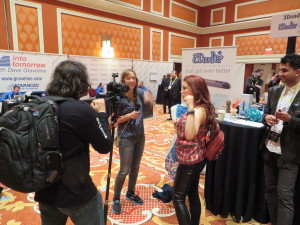
The audience was mom-and-pop retailers who took a yearly junket to Vegas where they met with suppliers and made decisions about what to stock in the coming year. Betamax and quadraphonic were big. Even though I was not invited to the back-room discussions, I found myself fascinated by the opportunity to watch the watchers. I’d attend demos, and look at the faces of attendees as the features were explained. When their eyes lit up I would take note of hot buttons that might be used in my marketing.
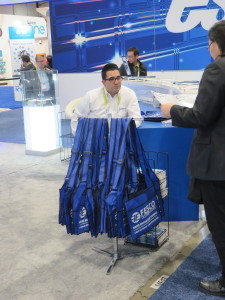
By the 1990s I’d moved up through the ranks and then out, with my own freelance copywriting practice. My clients were primarily technology based and I started attending Comdex (the name stands for Computer Dealers Expo, which it was not; the focus was on much larger operations and installations) on a yearly basis as well as the much smaller Interop show in May. We now had the internet but not Travelocity or Kayak. My lodging philosophy was to rent a car and drive around till I found a room at a reasonable price. I stayed at some pretty scary places. I’d park that car on a north-south street (no longer in existence) parallel to the LVCC and walk about 10 minutes to the convention hall. Parties were plentiful (the best ones were from Oracle, IBM and other large companies for their clients, which usually included my clients) and I rarely paid for food or drink. Comdex was dealt a crippling blow by the events of September 11, 2001 and limped on for a couple more years before closing for good in 2003. I believe I attended the 2002 show and it was a shadow of its former self with many sections of the LVCC hidden behind fabric drapes.
Meanwhile, CES was picking up where Comdex left off and many of the largest vendors moved there. It became a place for big electronics hardware companies to show their wares and, as before, I could watch the audiences and see what I should be saying in my copy about these products. It also took on something of the third-world bazaar personality of Comdex in its wildest years, with massage chairs among the technology exhibits and adult entertainers in the lobby at the Sands (not by accident because AdultX was held at the same time, a schedule which has sadly gotten out of sync in recent years).
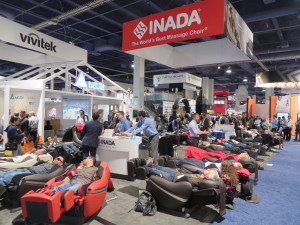
I’m not attending CES every year these days, since it has gone increasingly back to its consumer roots and most of my clients are b-to-b. So in lieu of my usual posts-from-the-floor, this year I’m sharing a few of my personal practices:
• These days, I always stay at the Econolodge on Convention Center Drive which is around $100 if you reserve well in advance. The only reason to do this is that it’s a 5 minute walk to the LVCC.
• Rent a car. They’re not that expensive compared to other jacked-up prices because most people take shuttles or wait in the endless cab lines. You’ll only use it to go from the airport to your hotel and for evening forays around the desert.
• Go on Yelp and explore local ethnic restaurants. Vegas has a vast array of Thai, Japanese, Vietnamese and Korean places that are insulated from the tourist traffic and prices.
• Go to In-N-Out on Tropicana at least once, unless you live in California and get to go all the time.
• Don’t go to parties. They’re not what they used to be. Don’t go to buffets. They’re no longer a bargain and the food’s not that good. And of course, don’t gamble.
Here are a few more dos and don’ts from someone who is on the ground this year as a vendor.
